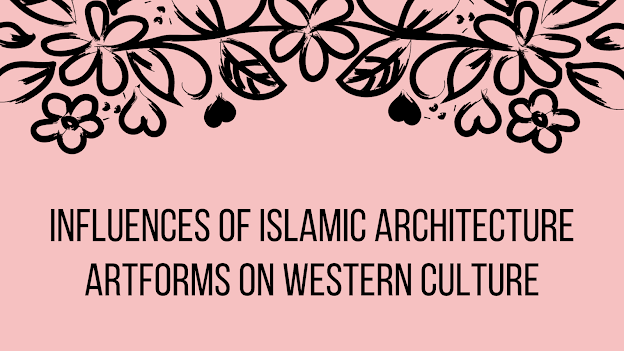It is sometimes assumed in Western culture that mistakes in Islamic patterns, for example, those on rugs were purposefully presented as a demonstration of humility by a craftsman who accepted no one but Allah can deliver flawlessness., however, this hypothesis is denied.
Significant western collections hold numerous objects of generally varying materials with Islamic geometric patterns. There are 283 such objects, of materials including wallpaper, carved-wood, inlaid wood, ceramic, metal, stucco, glass, woven silk, ivory, and pen or pencil drawings in Victoria and Albert Museum in London.
There are other relevant holds 124 materials having Islamic geometric patterns Including Egyptian minbar, an entire Mihrab from Ishfan in The Metropolitan Museum of Art in Newyork.
The German artist M.C. Escher was inspired by the Alhambra's decorative designs to study, and transforming style and influencing the rest of his career. He said: '' The richest source of inspiration I have ever tapped.''
Social institutes like the mathematical Science Research Institute and the Institute of Advance study organized events on Islamic geometric patterns and related aspects of Islamic arts and architecture. The institute named, The Istanbul center of design and the Ensar Foundation, was claimed the first-ever symposium of Islamic Arts and geometric pattern in 2013. Carol Bier, Jay Bonner, Eric Broug, Hacali Necefoglu, and Reza Sarhangi were including in the team, they were experts On Islamic Geometric pattern. The Prince's School of Traditional Arts runs a variety of courses in Islamic Art which includes: Plaster carving, tile making, Arbesquese, geometry, and Calligraphy.
Computer-Aided and computer graphics manufacturing making it possible to design and produce Islamic geometric patterns effectively and financially. How Islamic star patterns can be generated algorithmically explained and illustrated by Craig S. Kaplan in his Ph.D. thesis.
In 2007, Two physicists, Peter J. Lu and Paul Steinhardt claimed that
Girih design, the design used on the darb e Imam shrine in Ishfan, was able to create quasi-periodic tilings resembling those designs which were discovered by Roger Penrose in 1973.
Ahmad Rafsanjani described the use of Islamic geometric patterns from tomb towers in Iran to create auxetic materials from perforated rubber sheets in 2016.
Stay Tune for More. Thank you.





fabulous
ReplyDeleteWoww nice information
ReplyDeleteGood post. Very informative. Keep up the good work.
ReplyDelete